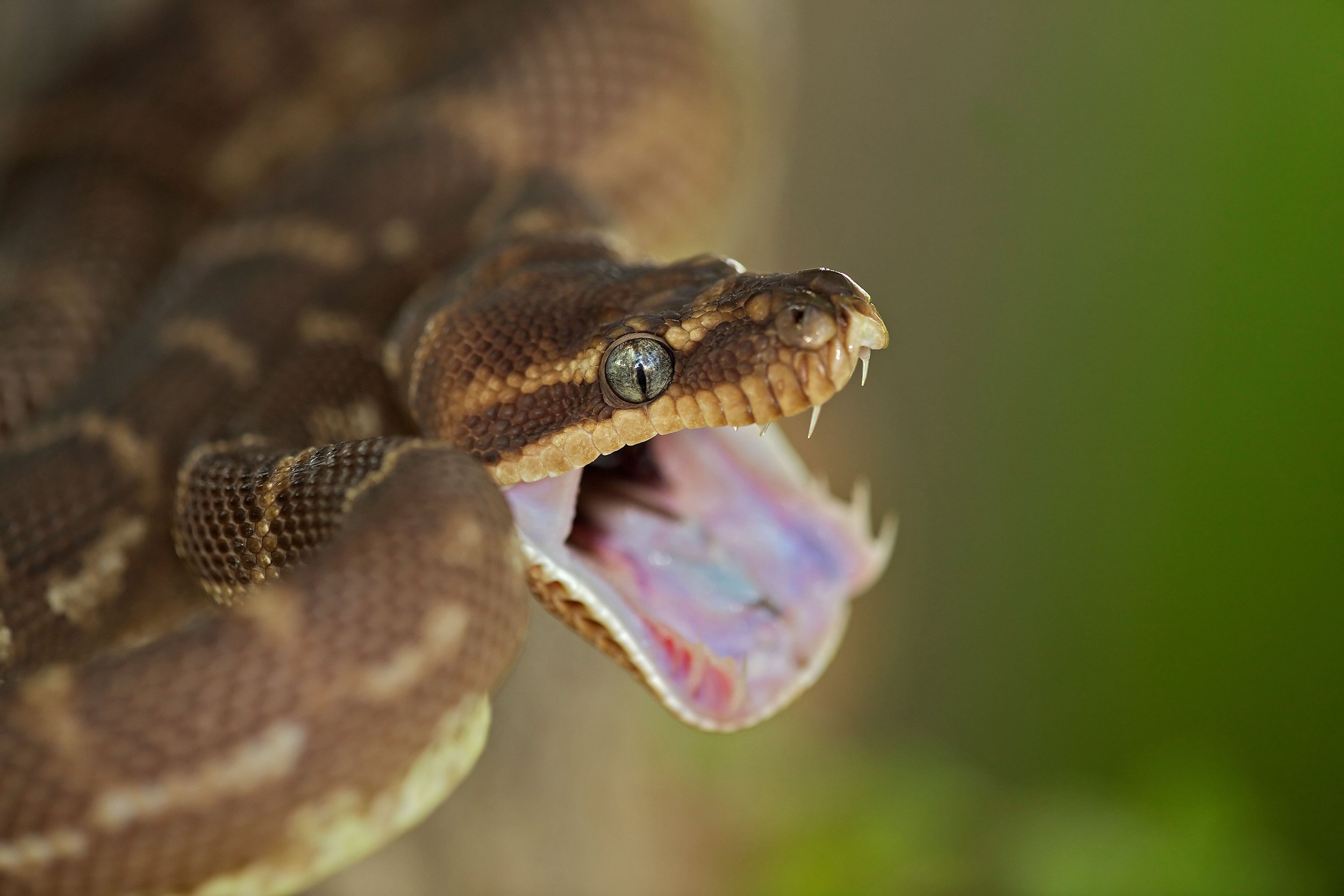
Which snakes have the sharpest teeth? Scientists are closer to answering the question
The primary function of Ball Python Teeth is to grip and hold their prey. Ball pythons are constrictor snakes, which means they don't rely on venom to subdue their prey but instead wrap their bodies around it and squeeze. The backwards-facing teeth help them secure their prey while they constrict it, and prevent the prey from escaping once caught.
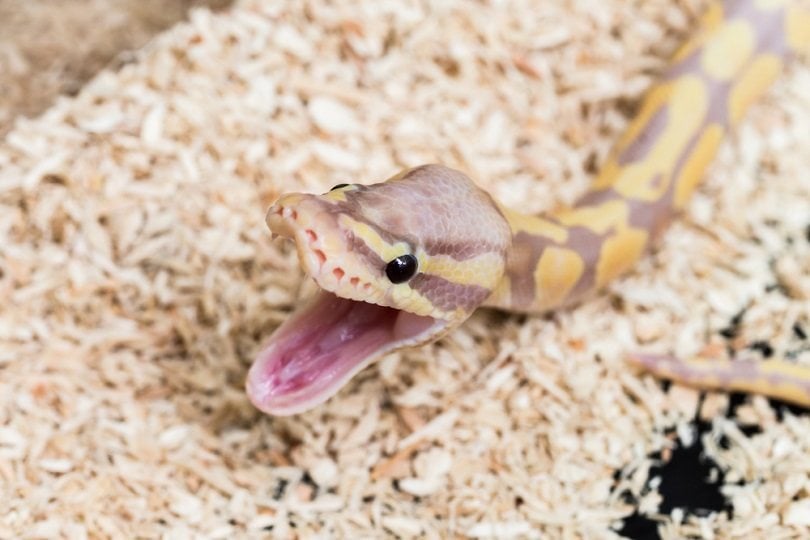
How Many Teeth Does A Ball Python Have? The Answer May Surprise You! Pet Arenas
The number of teeth a ball python has depends on the snake's size. The smallest snakes have 42 teeth, and snakes closer in size to an alligator will have around 200. Ball pythons usually sport 81-104 teeth in their mouths, but some specimens will sport more than 140. The fangs fasten into the prey and cannot move independently.
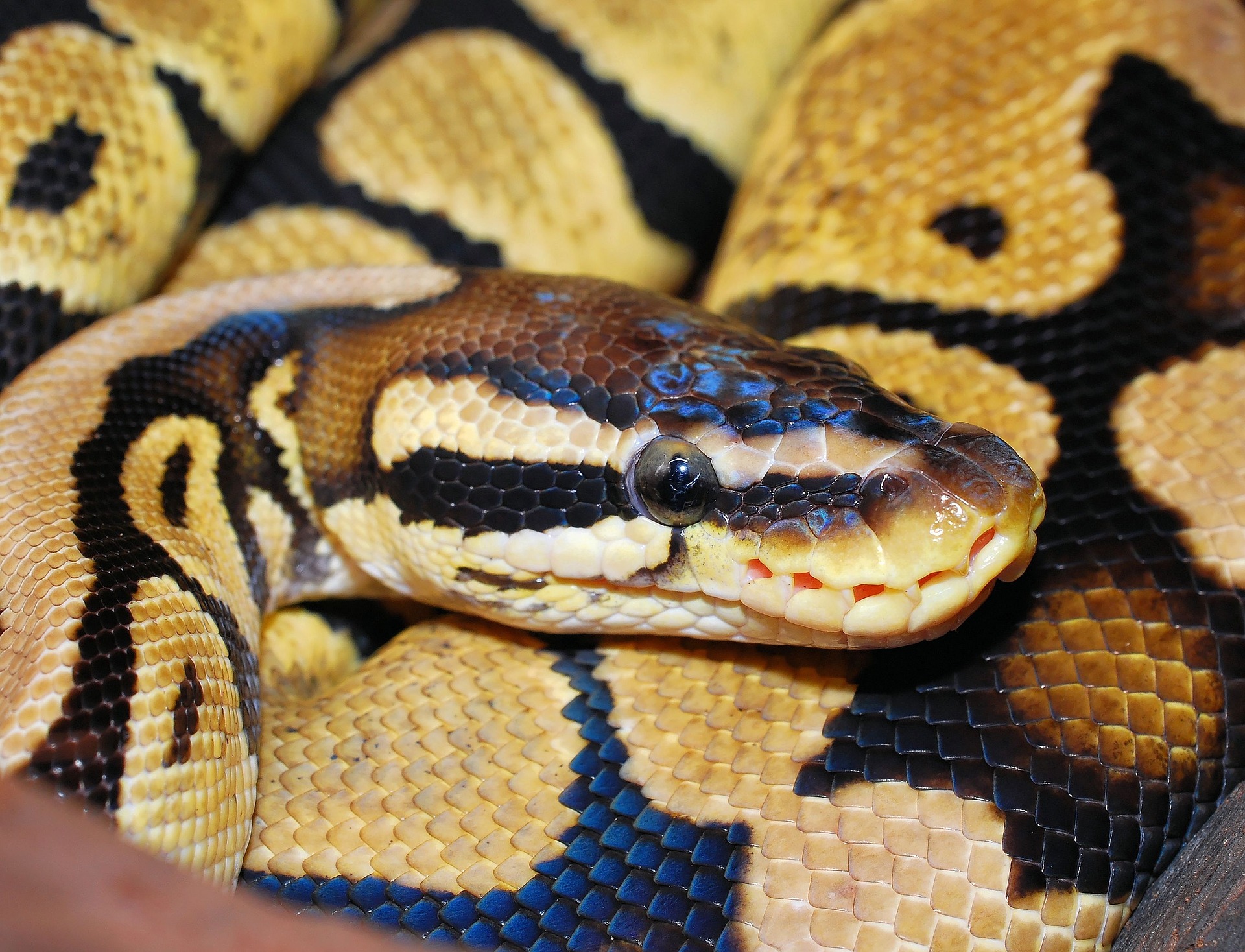
How Many Teeth Do Ball Pythons Have? [Ball Python Teeth]
The number of teeth a ball python has tends to fluctuate depending on size and age. Larger and older pythons will have more teeth than younger and smaller ones. The typical adult will have around 30 teeth in four rows on top and two on the bottom. Ball pythons lose their teeth all the time and replace them quickly.

Ball Python Teeth Gallery
The main function of python teeth is to grasp prey and help swallow it. This means they must be backward-pointing so that they have an excellent grip. Unlike the fangs of venomous snakes, python teeth are solid, and mostly all similar in size. Most species have around 110 teeth. Snake Skull - Odd Animal Specimen Watch on Teeth vs Fangs

Burmese Python Teeth
The digestive system of a ball python begins with the mouth, where it captures prey. Its teeth are used to hold and subdue the prey, after which it is engulfed whole. The food then travels down the esophagus into the stomach. At this point, gastric juices break down the prey into smaller, more manageable pieces.

Burmese Python Teeth
May 31, 2021 Edward Jones In this article, we will explore various aspects of ball python teeth, such as their size, appearance, and the number of teeth they possess. Additionally, we'll discuss the likelihood of bites, how to prevent them, and how to respond if you do get bitten.
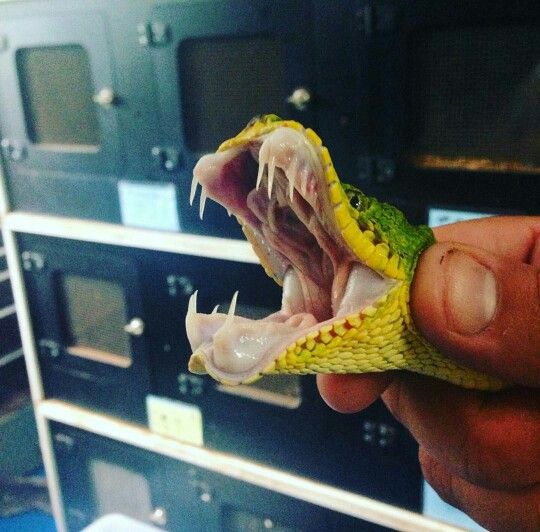
Green Tree Python Facts and Pictures Reptile Fact
The teeth of the reticulated python are a marvel in themselves. They are designed to grip and hold their prey, allowing the snake to constrict and consume it. When talking about the size and shape of reticulated python teeth, you'll find that they are long, sharp, and curved backward.
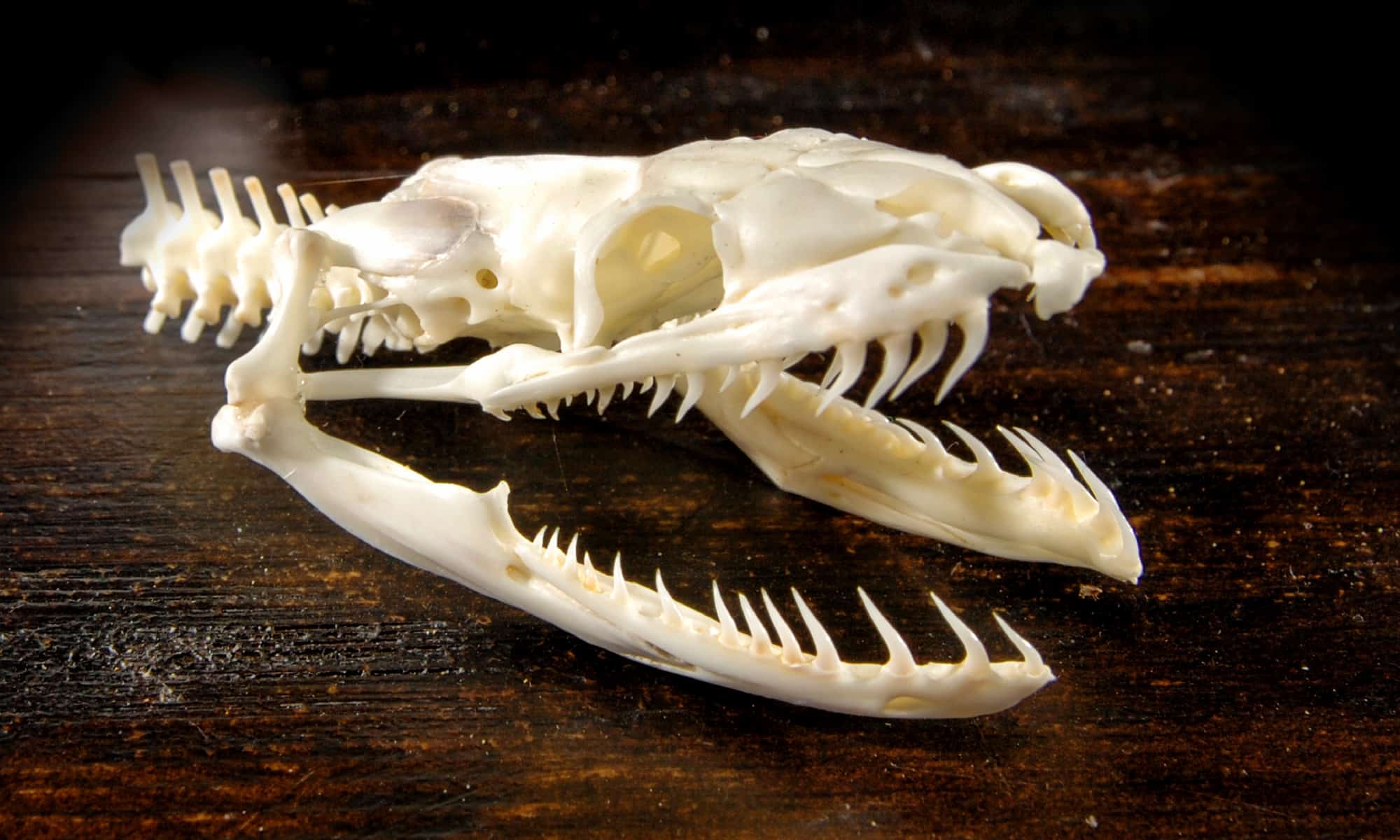
Burmese Python Teeth AZ Animals
Boa constrictors and pythons are "strikers," he notes. Their attacks are lightning-fast—covering some 2.7 meters per second—and tend to come from above their prey. Teeth in their lower jaw impale the prey first and help anchor the snake as it twists to reach up, over, and around the rodent in preparation for squeezing the life out of it.

African Rock Python showing teeth (Python sebae), Stock Photo, Picture And Rights Managed
Last updated: Jul 21 2023 If you have a ball python, you may be wondering just how many teeth your snake has. You may be surprised to learn that these snakes have more than 100 teeth in total, with two rows in their lower jaw and four rows in their upper jaw. In this article, we will discuss the ball python in more detail.
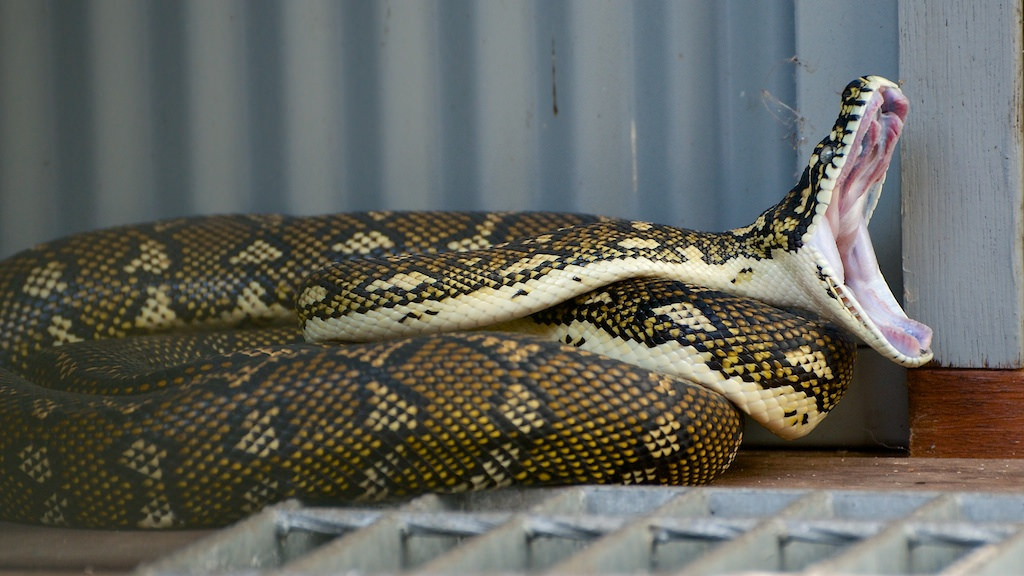
Diamond Python Facts and Pictures Reptile Fact
First and foremost, ball python teeth are essential for feeding. When these snakes spot a potential meal, they strike swiftly. Their teeth, curved and pointing backward, grip onto the prey, ensuring it can't wriggle free. This design is nature's way of ensuring the prey remains trapped. But the role of the teeth doesn't end with the.
/cloudfront-us-east-1.images.arcpublishing.com/gray/2QJEDLRBZNEU3NBXSU6VOAJYE4.jpg)
Is it legal to own a boa constrictor in Ohio?
Rear Teeth: The rear teeth are located towards the back of the python's mouth. They are smaller in size compared to the frontal teeth but still play a vital role in capturing and holding the prey. Vestigial Teeth: Some pythons have vestigial teeth, which are small, non-functional teeth located further towards the back of the mouth.
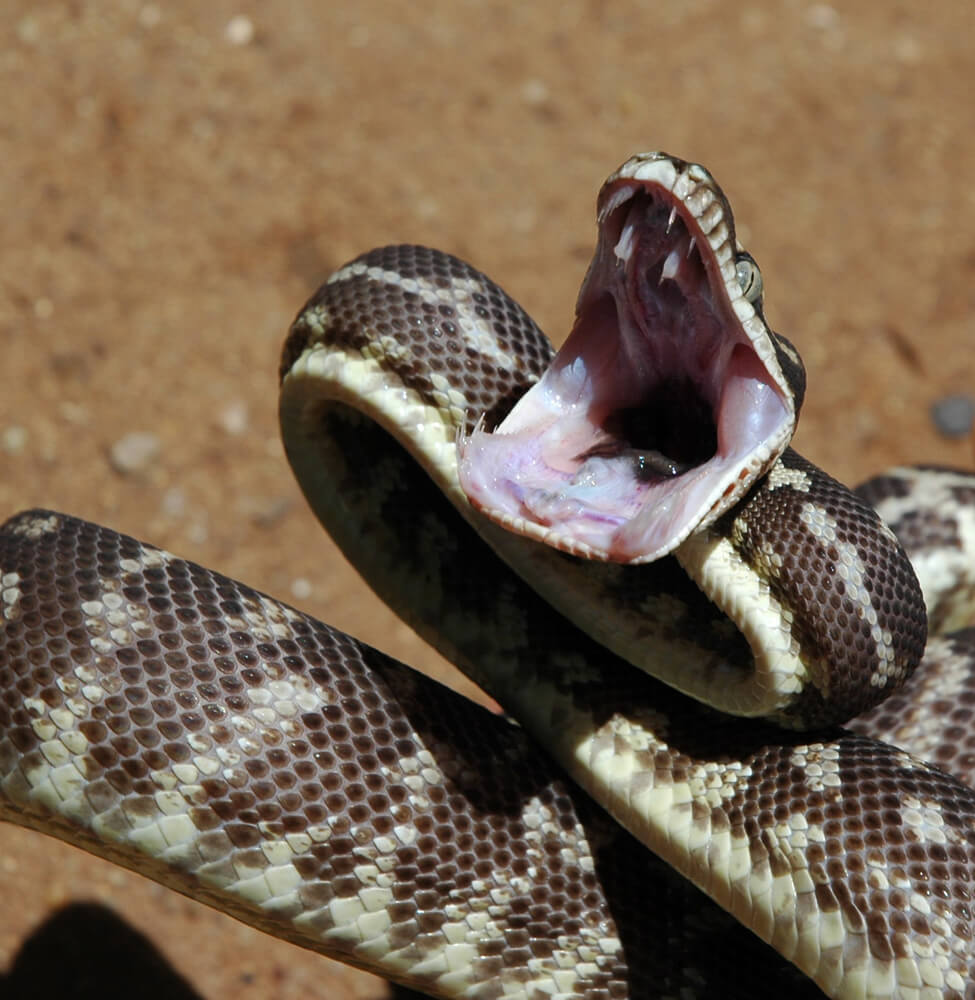
pythonroughscalemouth.jpg Gallery Reptile Gardens
In Short Ball pythons can bite, but they usually don't. Ball pythons may have over 30 teeth at any time. Ball pythons have teeth, but they DON'T have fangs. Their teeth are quite small, but they're sharp and curved inward. Like all snakes, ball pythons frequently lose and re-grow their teeth. Do Ball Pythons Have Teeth?

Teeth of Burmese Python (Python molurus bivittatus) Flickr
The Reticulated Python is a carnivorous snake, using its sharp teeth that are curved towards the back of the mouth. It uses these teeth to hold onto its prey which it swallows whole. The entire animal is digested in the snake's stomach. The teeth of the python are also used in combat.

Sharpness Of The Python Teeth Stock Image Image of behavior, long 21838025
They have triangular-shaped heads and sharp, backward-curving teeth that they use to grab prey. Arboreal pythons' teeth are longer than their terrestrial cousins. Arboreal pythons also have.
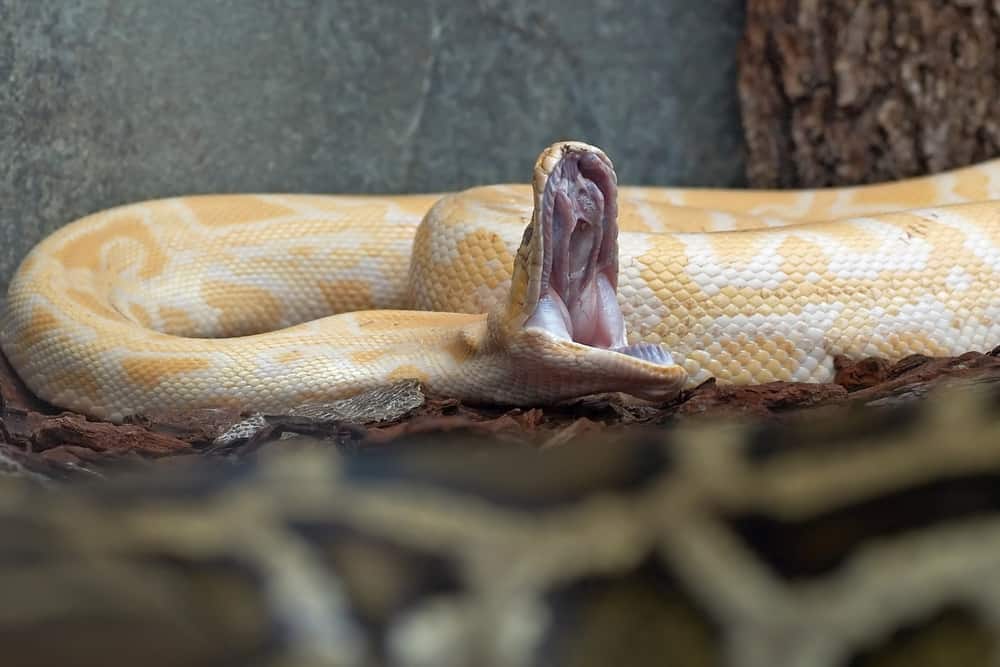
Burmese Python Teeth
The ball python will have a fluctuating number of teeth depending on its age and size. You should expect to see fewer teeth inside the mouth of smaller and younger pythons than in the mouth of older and larger ones. Even so, the number will always be somewhere around 30 teeth, divided into two rows at the bottom and four rows at the top.

"Rough Scaled Python Teeth" by Steve Bullock Redbubble
Welcome to the world of the green tree python, a captivating creature known for its bright green body and fascinating teeth. This guide explores everything you need about green tree python teeth, their habitat, care, and more. Whether you're a snake enthusiast or just curious about these tree pythons, this article is for you!